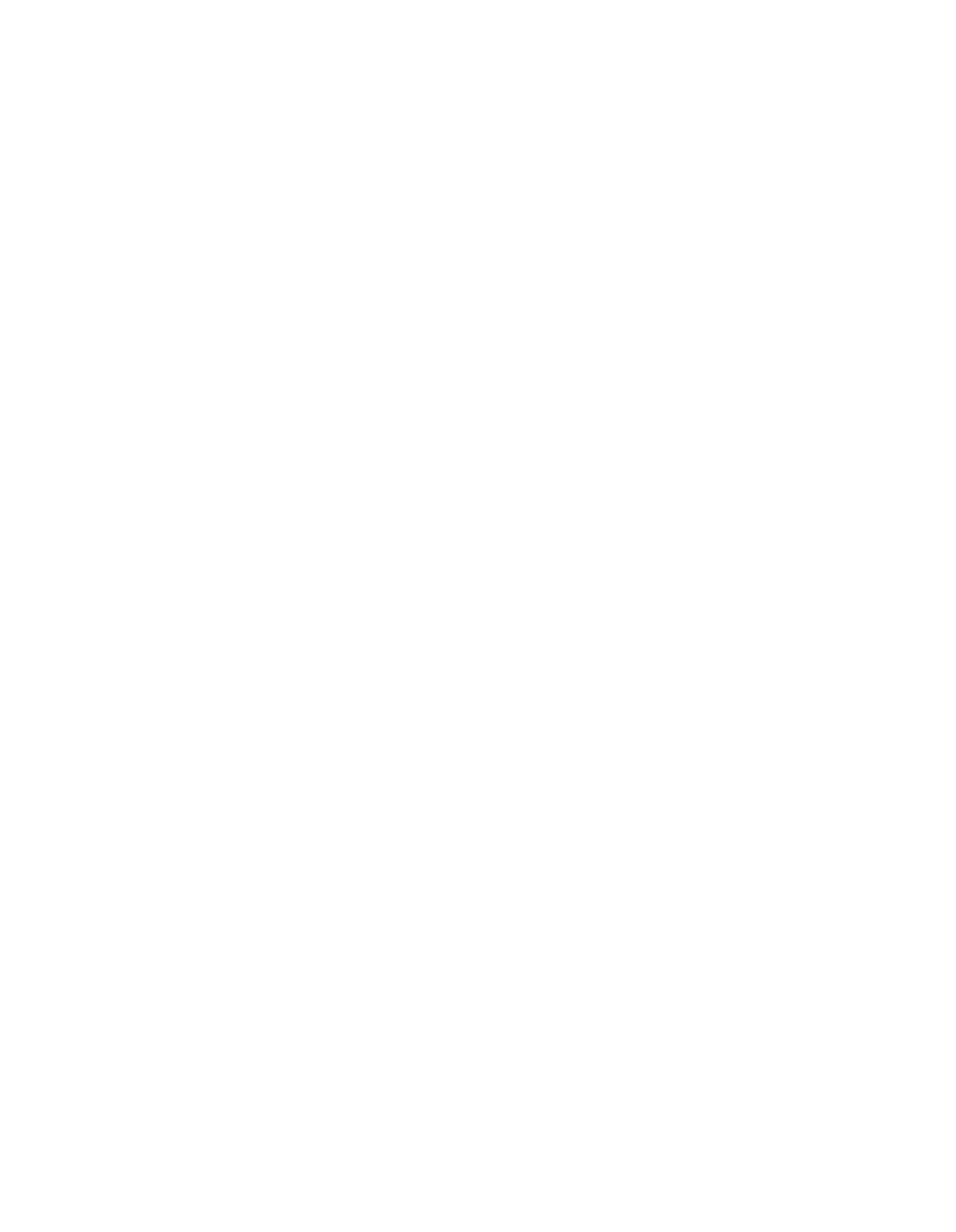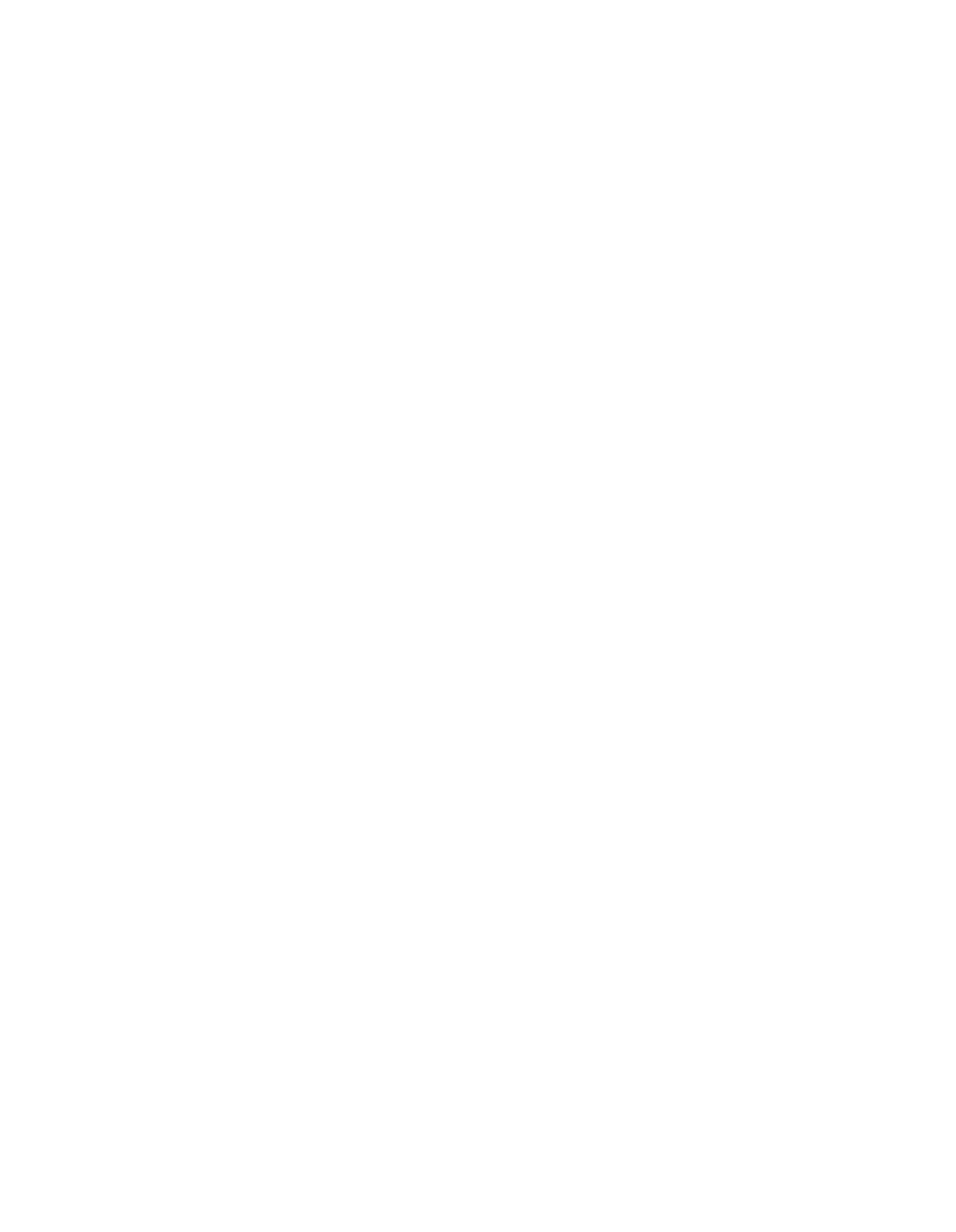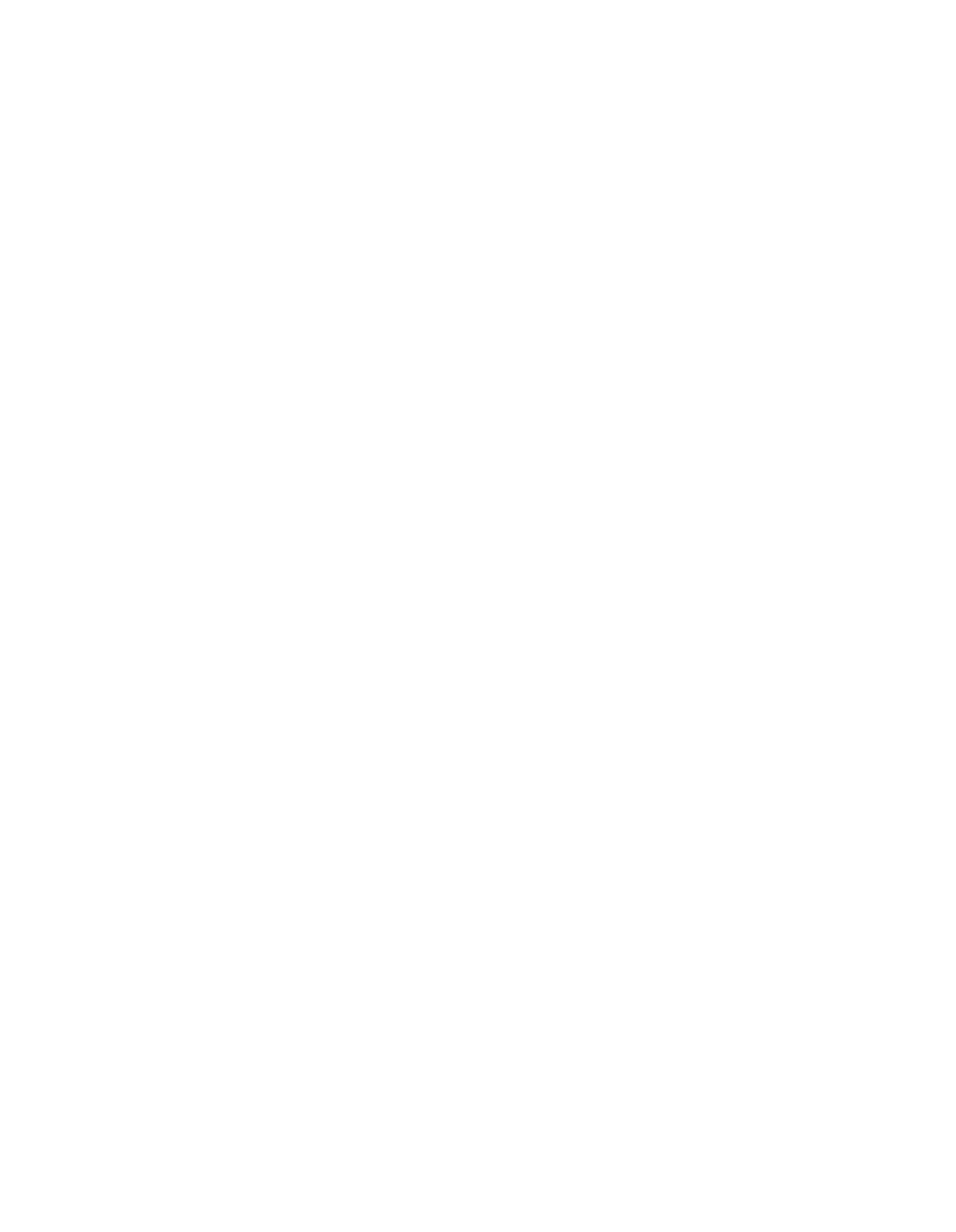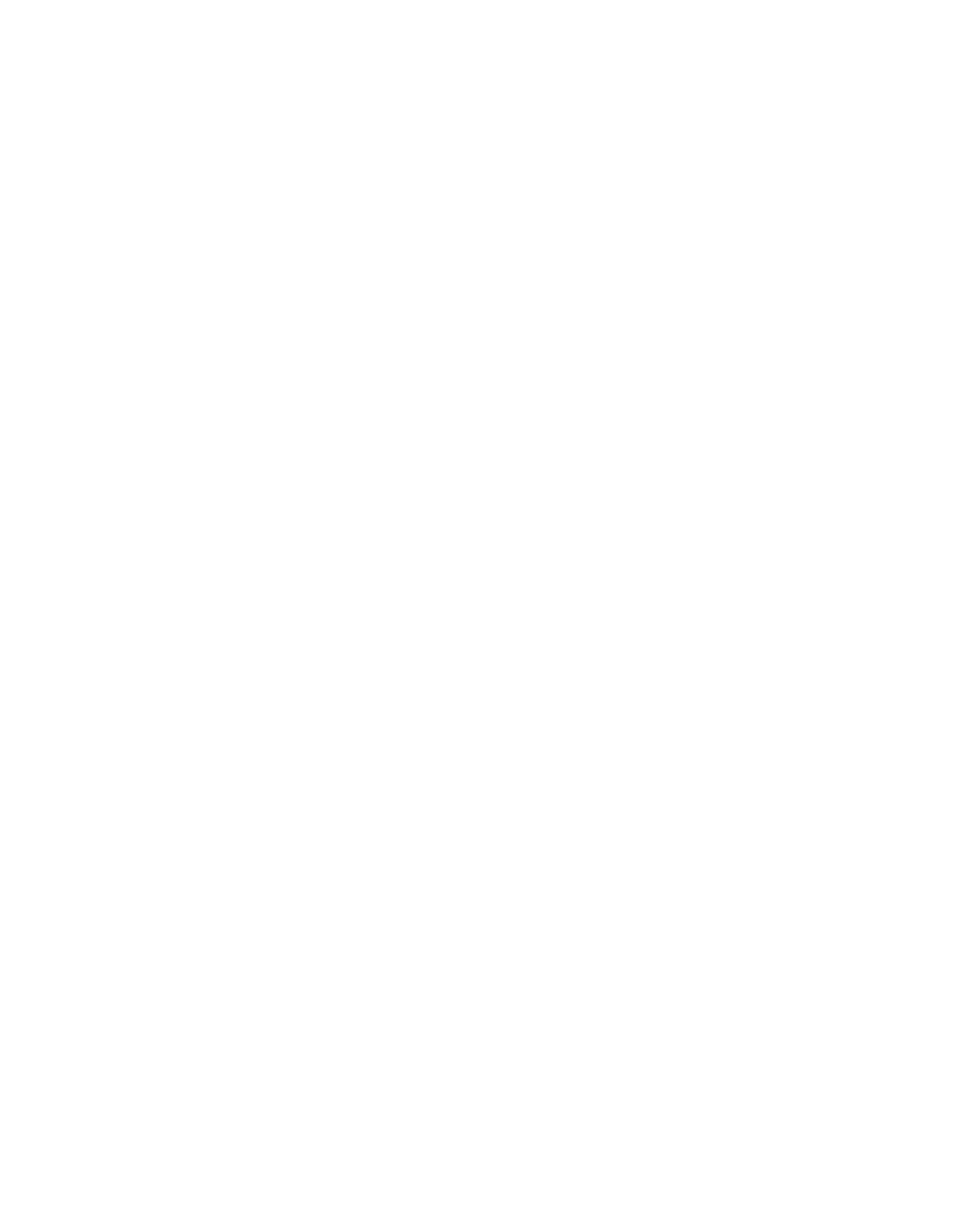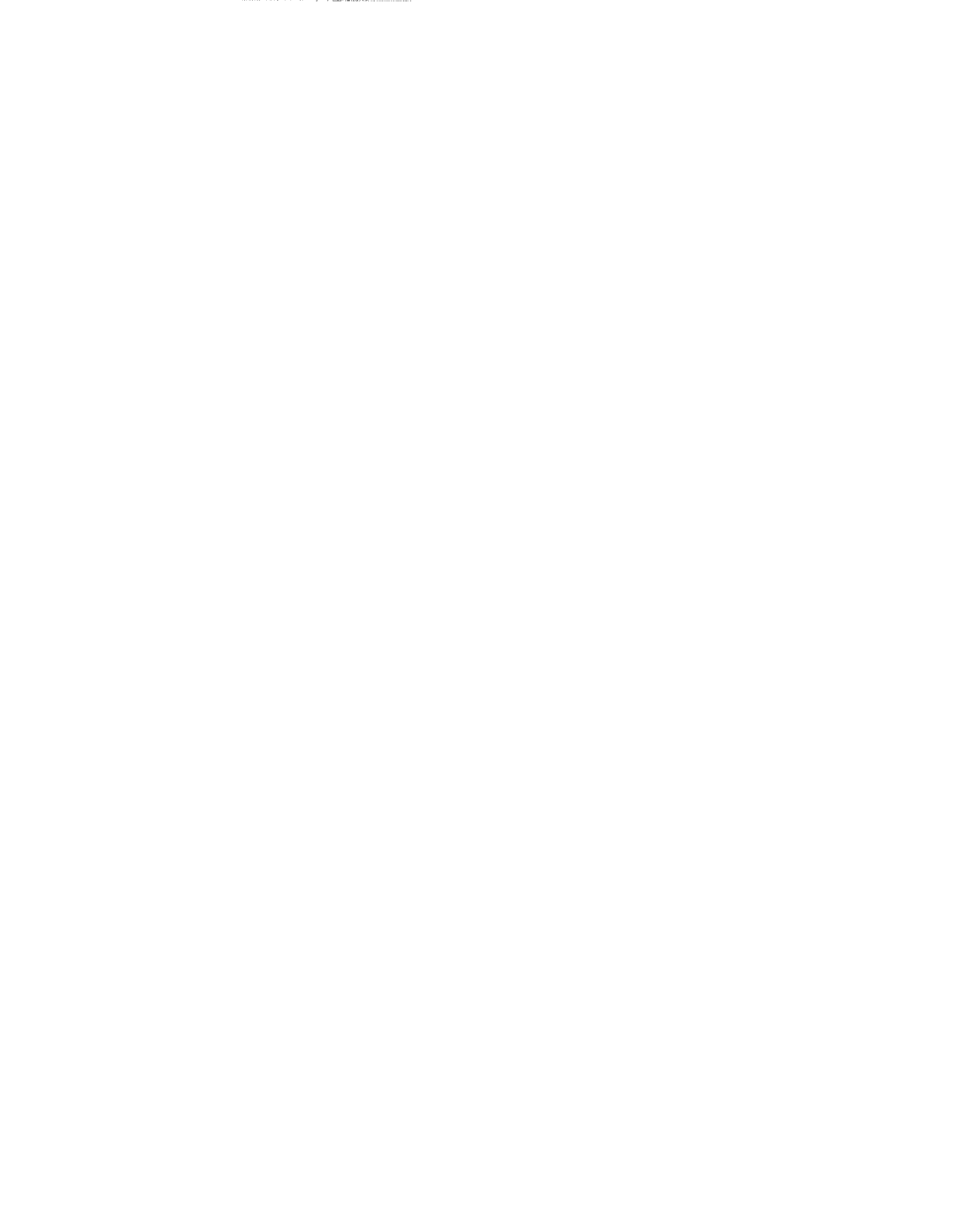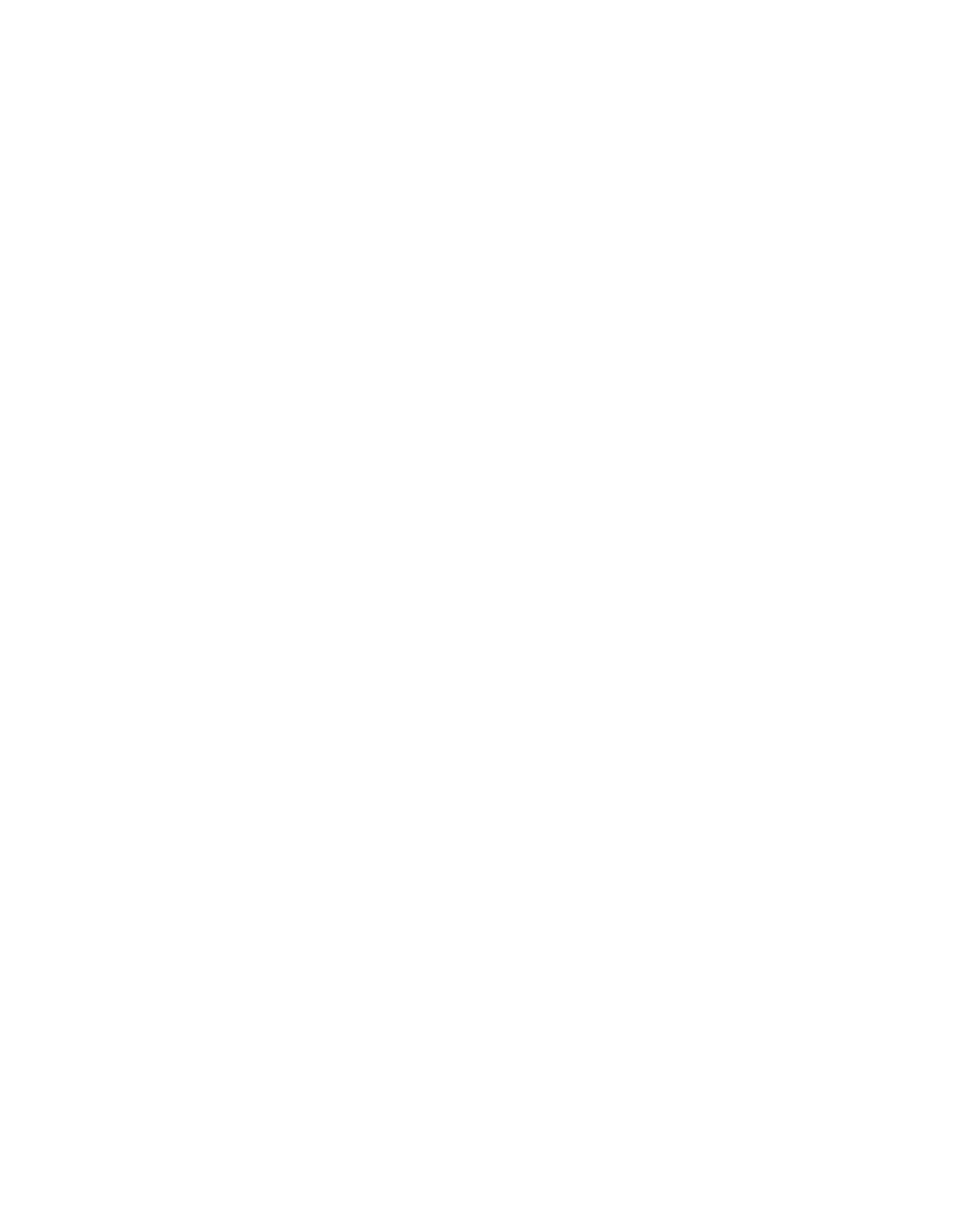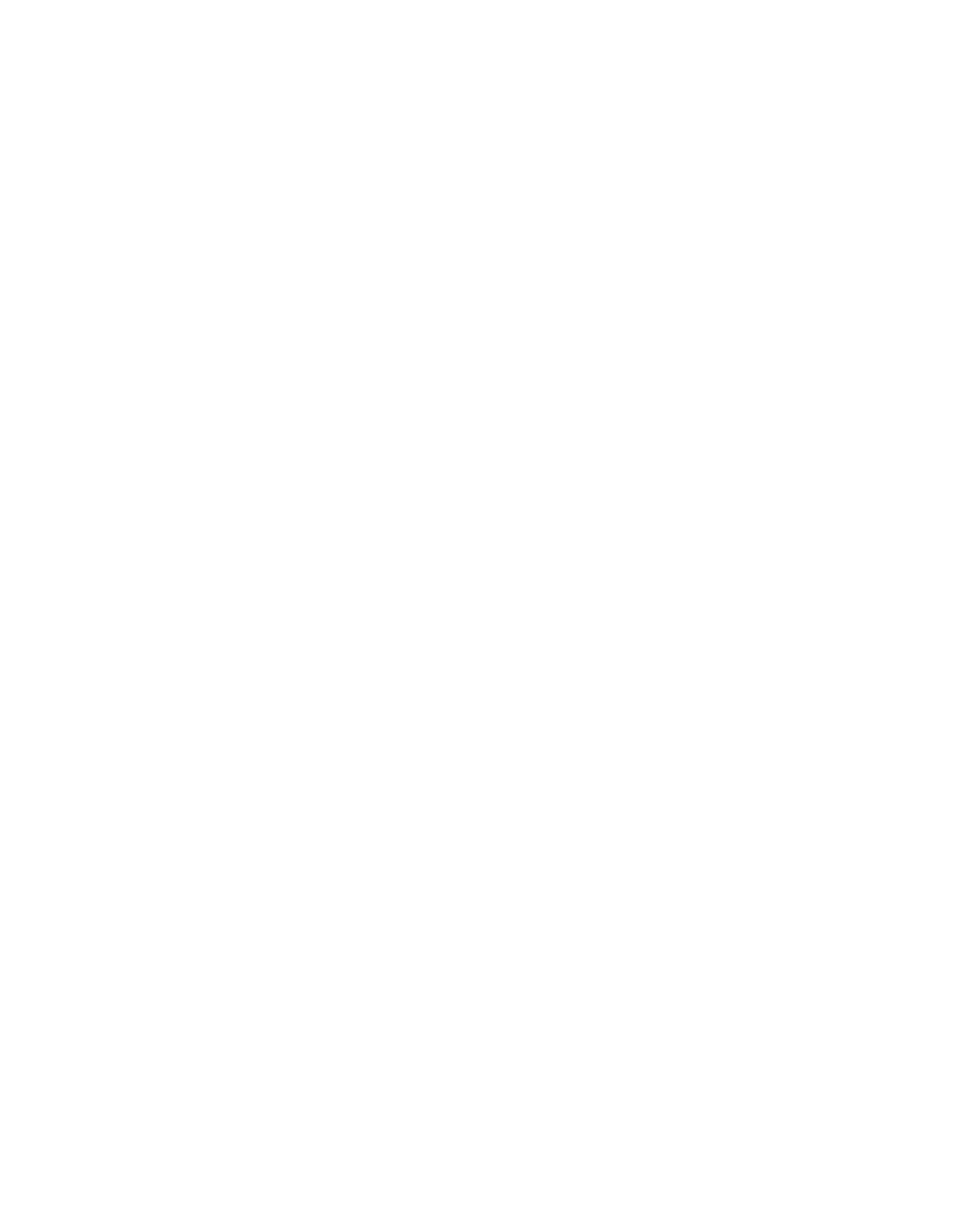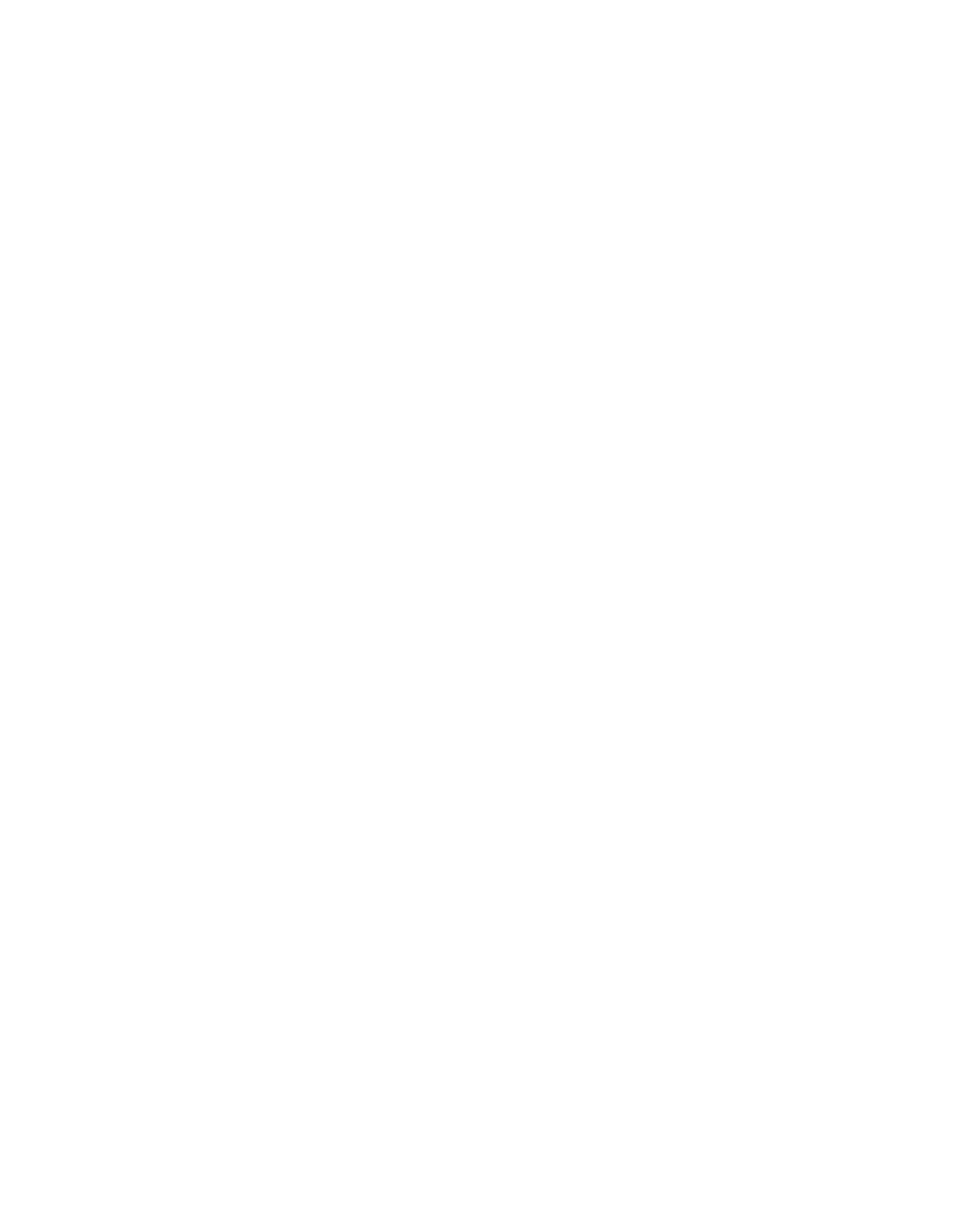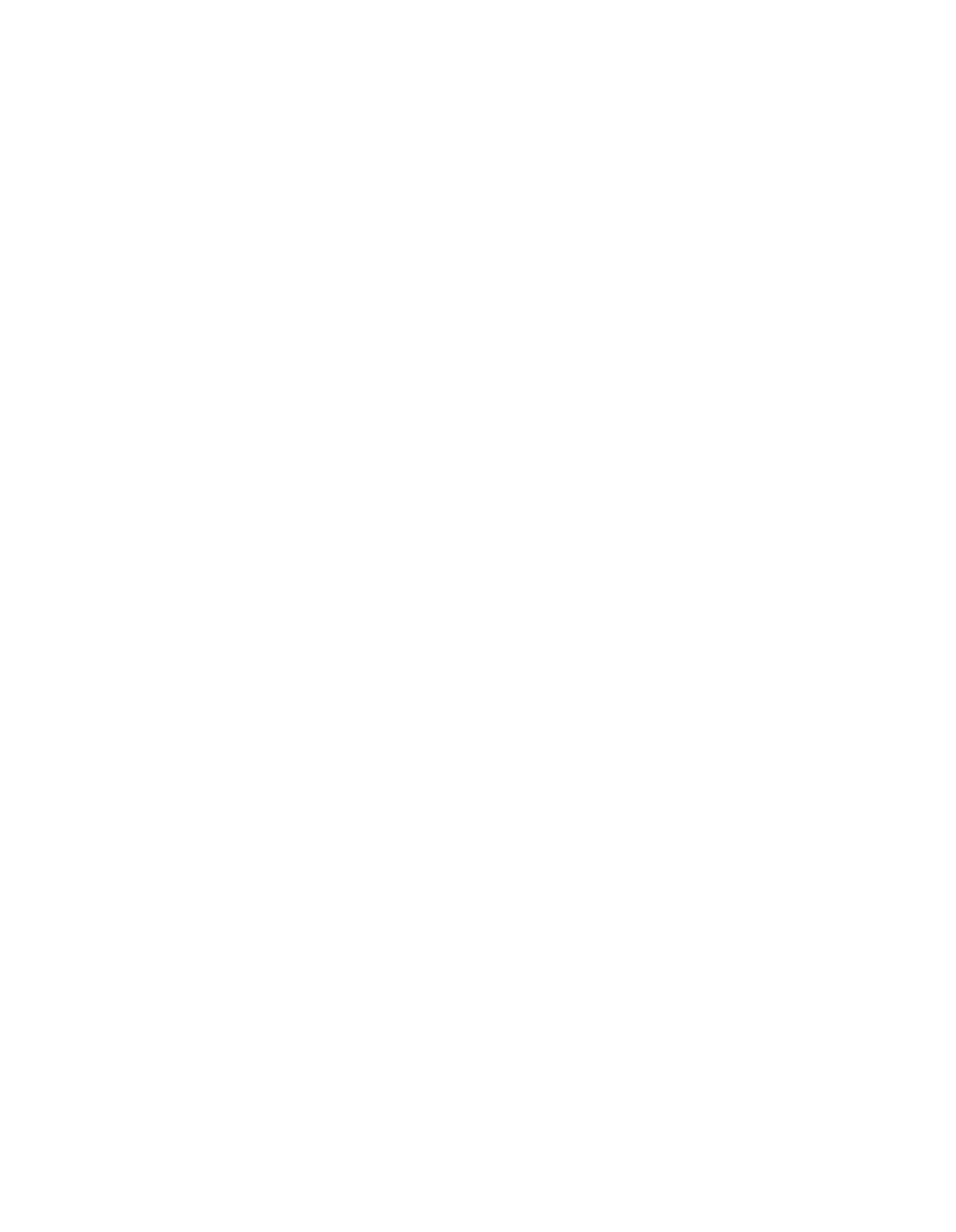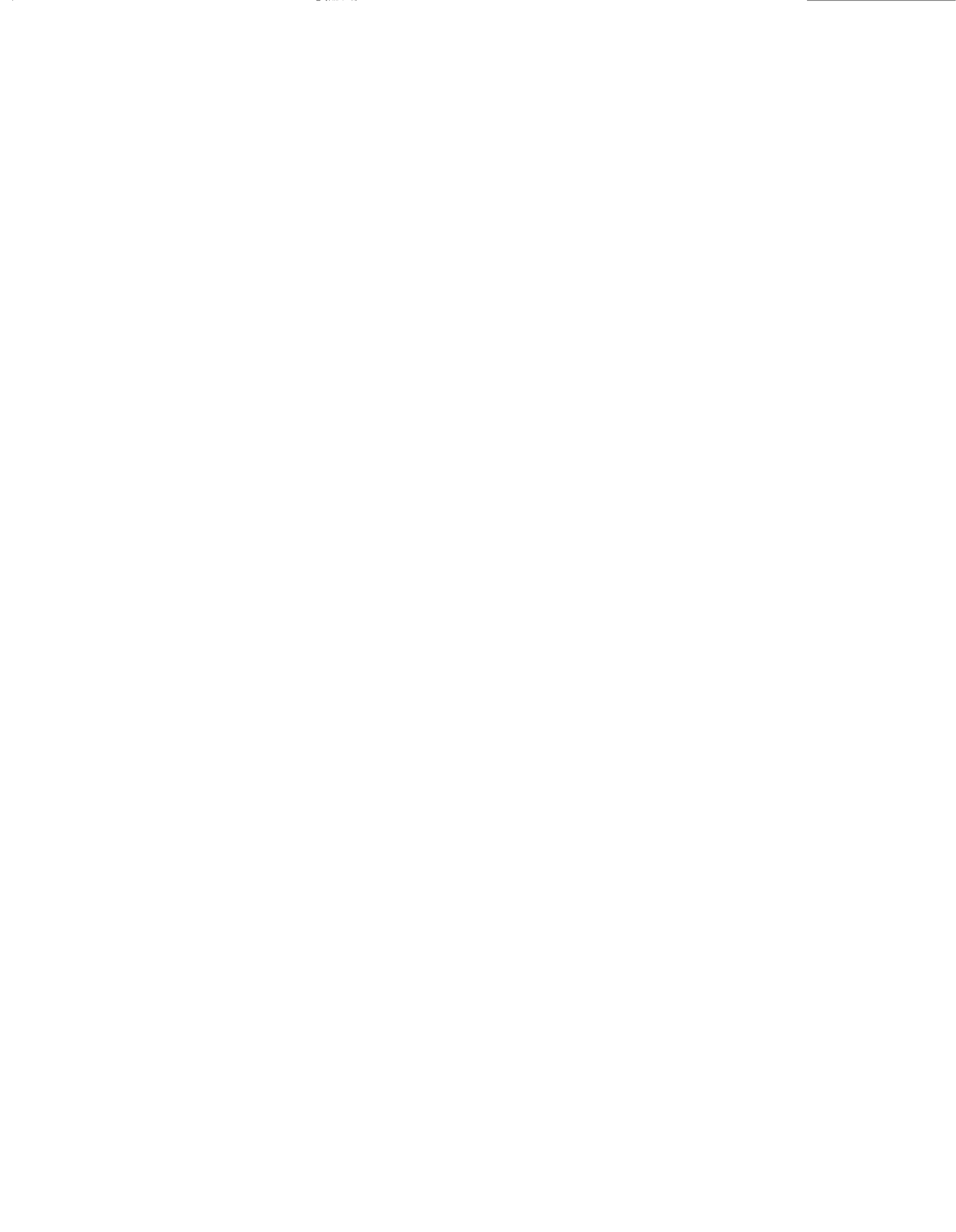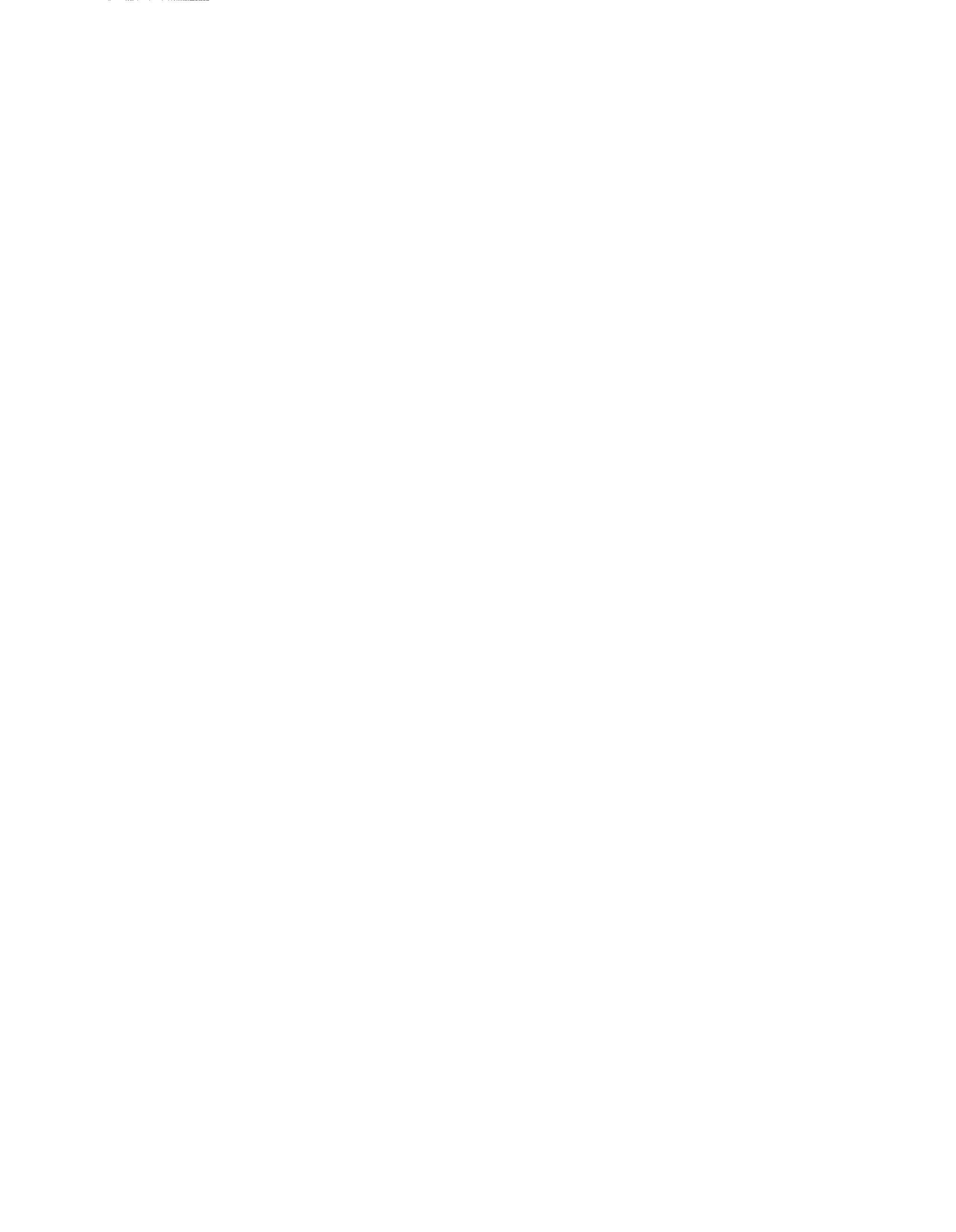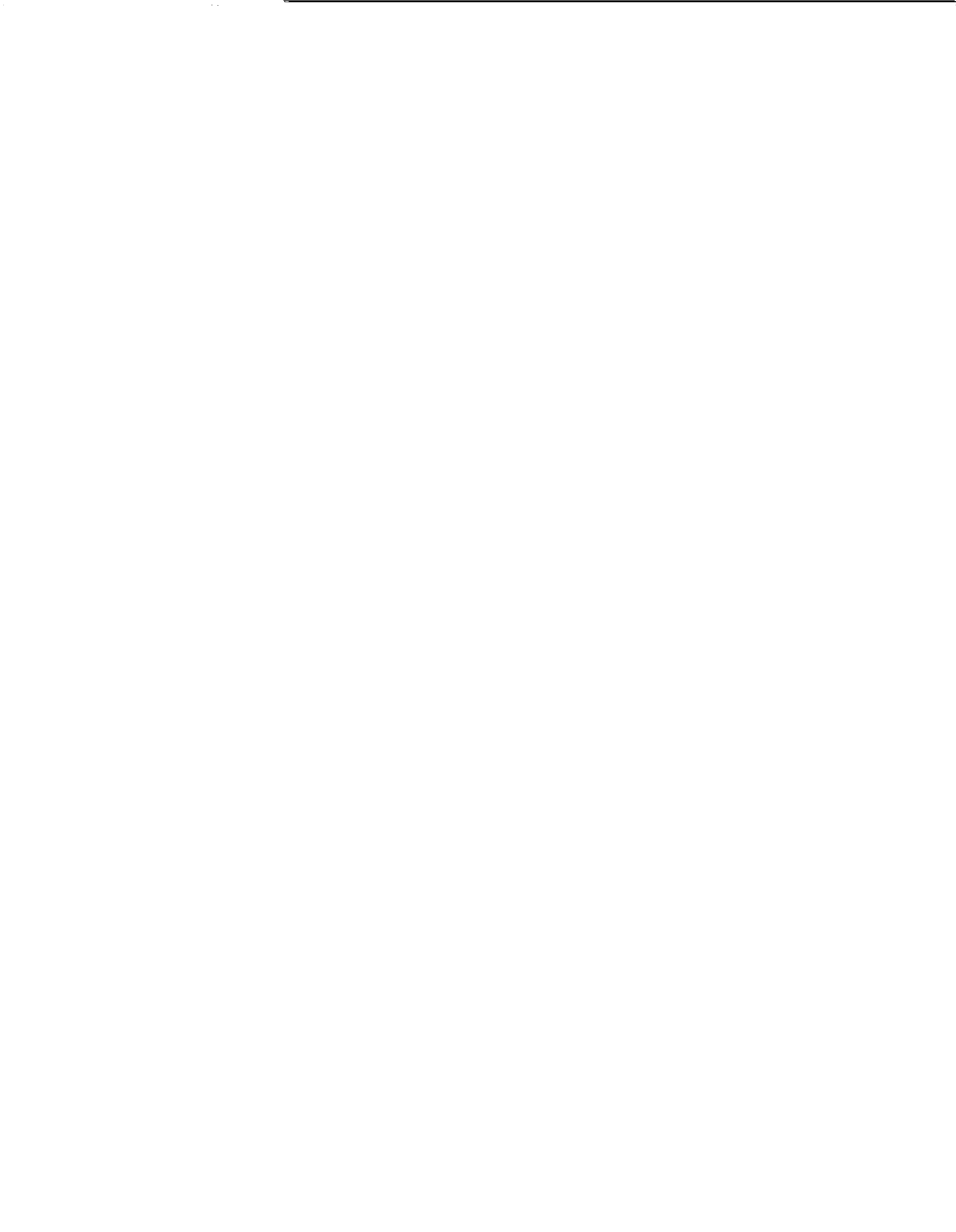BEFORE THE
ILLINOIS POLLUTION CONTROL BOARD
RECE~.VED
CLERK’S
QFFTCE
PEOPLE OF THE STATE OF ILLINOIS,
)
w&
15
2003
ex rel.
LISA MADIGAN, Attorney General
)
of the State of Illinois,
)
STATE
OF
ILLINOIS
)
Pollution
Control Board
Complainant,
)
)
-Vs-
)
No.
03-183
PASSAVANT AREA HOSPITAL,
an
)
Illinois not-for-profit
corporation,
)
Respondent.
NOTICE OF FILING
To:
Babette P.
Salus
Schwing & Salus,
P.C.
1100 South
Fifth
Street
Springfield,
IL
62703
PLEASE TAKE
NOTICE that on this date
I mailed for filing with the Clerk of the Pollution
Control
Board
of
the
State
of
Illinois,
COMPLAINANT’S
MOTION
TO
FILE
FIRST
SUPPLEMENTAL AND AMENDED COMPLAINT and FIRST SUPPLEMENTAL AND AMENDED
COMPLAINT, copies of which are attached
hereto and herewith
served
upon you.
Respectfully submitted,
PEOPLE OF THE STATE OF ILLINOIS,
ex rel. LISA MADIGAN
Attorney General
of the
State of Illinois
MATTHEW J.
DUNN, Chief
Environmental Enforcement/Asbestos
Litigation
Division
BY:
tq—ó’
SALL’~’A.
CARTER
Assistant Attorney General
Environmental Bureau
500
South Second Street
Springfield,
Illinois 62706
217/782-9031
Dated: August
12, 2003
CERTIFICATE OF SERVICE
I hereby certify that
I
did
on August
12,
2003, send
by First Class Mail,
with postage
thereon fully prepaid, by depositing
in a
United
States Post
Office Box a true and
correct copy
of the following
instruments entitled
NOTICE OF FILING,
COMPLAINANT’S MOTION
TO
FILE
FIRST SUPPLEMENTAL AND AMENDED
COMPLAINT and
FIRST SUPPLEMENTAL AND
AMENDED COMPLAINT:
To:
Babette
P.
Salus
Schwing & Salus,
P.C.
1100
South
Fifth
Street
Springfield,
IL
62703
and
the original and
ten copies by First Class
Mail with postage thereon fully prepaid
of the
same foregoing instrument(s):
To:
Dorothy Gunn, Clerk
Illinois Pollution
Control
Board
State of Illinois
Center
Suite
11-500
100 West
Randolph
Chicago,
Illinois 60601
A copy was also sent by First Class Mail with postage thereon fully
prepaid
To:
Carol Sudman
Hearing
Officer
Illinois
Pollution
Control
Board
1021
North
Grand Avenue East
P.O.
Box 19276
Springfield,
Illinois 62794-9276
Sally A.
garter
Assistant Attorney General
This filing is submitted on
recycled paper.
BEFORE THE
ILLINOIS POLLUTION CONTROL BO~CE~VED
PEOPLE OF THE STATE OF ILLINOIS,
)
CLERK’S
OFFICE
)
/WG152003
Complainant,
)
)
STATE
OF
ILLINOIS
vs.
)
No.
3-183
Pollution
Control Board
)
(Enforcement)
PASSAVANT AREA HOSPITAL, an
)
Illinois not-for-profit corporation,
)
Respondent.
)
COMPLAINANT’S MOTION TO
FILE
FIRST SUPPLEMENTAL AND AMENDED COMPLAINT
Complainant,
PEOPLE OF THE STATE OF ILLINOIS,
by LISA MADIGAN, Attorney
General of the State of Illinois, filed
a three-count Complaint
against the Respondent,
PASSAVANT AREA HOSPITAL,
on April
8,
2003.
The People respectfully move, pursuant to
Section
103.206(d) of the Board’s Procedural
Rules,
35
III. Adm.
Code 103.206(d), for leave to
file the attached
First Supplemental
and Amended
Complaint in
order clarify the original
Complaint and to
include violations that have occurred subsequent to the filing of the initial
Complaint.
Subsequent to
the filing of the Complaint, the Complainant was informed
of the
violations
now pleaded within Counts
IV and V.
In the interests of administrative efficiency, the
includes of these
additional violations within the pending enforcement
proceeding
is necessary.
The additional
claims arise out of the occurrences that are the subject
of the proceeding,
thereby satisfying
the requirement of Section
103.206(e)(1) of the Board’s Procedural Rules.
The claims are
brought upon the Attorney General’s own motion and
at
the request of the
Illinois
Environmental Protection Agency.
The Respondent has waived
the requirements of
Section
31
of the Act, 415
ILCS 5/31
(2002),
regarding the allegations within
Counts
IV and
V.
Pursuant to Section
103.204(f) of the Board’s Procedural
Rules,
the Respondent is
hereby notified:
Failure to
file an
answer to
this complaint within
60 days
may have severe
1
consequences.
Failure to
answer will mean that all allegations in
the complaint will
be taken as
if admitted for purposes
of this proceeding.
If you have any questions
about this procedure,
you should contact the hearing officer assigned to
this proceeding, the Clerk’s Office or an
attorney.
WHEREFORE,
Complainant respectfully asks that this Motion to File Supplemental
and
Amended
Complaint be granted and
that the Complainant be allowed
to enforce the additional
allegations in this pending
matter.
Respectfully submitted,
PEOPLE OF THE STATE OF ILLINOIS,
LISA MADIGAN
Attorney General
State of Illinois
MATTHEW J.
DUNN, Chief
Environmental Enforcement Division
BY:4L1~2
~ât~ti
SALLY A. ~ARTER
Environmental Bureau
Assistant Attorney General
500
South
Second Street
Springfield,
Illinois 62706
217/782-9031
Dated: August 12, 2003
2
BEFORE THE ILLINOIS POLLUTION
CONTROL BOARD
PEOPLE OF THE STATE OF ILLINOIS,
)
CLERK’S
OPFTCE
Complainant,
)
/~UG1.
5
2003
SIAFE OF
ILLINOIS
)
PCB No.
O3-183PolIutj~~
Control Board
)
(Enforcement)
PASSAVANT AREA HOSPITAL,
)
an Illinois
not-for-profit corporation,
)
)
Respondent.
FIRST SUPPLEMENTAL AND AMENDED COMPLAINT
Complainant,
PEOPLE OF THE STATE OF ILLINOIS,
by LISA MADIGAN, Attorney
General of the State of Illinois, complains of Respondent,
PASSAVANT AREA HOSPITAL, an
Illinois not-for-profit corporation,
as follows:
COUNT
I
AIR POLLUTION and
PERMIT VIOLATIONS
1.
This Complaint is brought by the People of the State
of Illinois, by Lisa
Madigan,
the Attorney General
of the State of
Illinois, on her own
motion
and at
the request of the Illinois
Environmental Protection Agency (“Illinois EPA”), pursuant to Section
31
of the
Illinois
Environmental Protection Act (“Act”), 415
ILCS 5/31
(2002).
2.
The Illinois
EPA is an agency of the
State of
Illinois created
by the Illinois
General Assembly
in
Section 4 of the Act, 415 ILCS 5/4 (2002),
and
charged,
inter a/ia,
with the
duty
of enforcing the Act.
3.
The Respondent,
PASSAVANT AREA HOSPITAL,
(hereinafter, “Passavant
Hospital”),
is and was
at all times relevant to this Complaint, an
Illinois not-for-profit corporation
in
good standing
and authorized to do business
in the State of Illinois.
1
4.
The Respondent operates a medium hospital
medical/infectious waste incinerator
(hereinafter “HMIWI”) at its hospital, which is located at 1600 West Walnut Street, Jacksonville,
Morgan County,
Illinois.
5.
Section
9(a) of the Act, 415 ILCS 5/9 (a)(2002),
provides:
No
person shall:
a.
Cause or threaten or allow the discharge or emission
of any
contaminant into
the environment
in
any State so as to
cause or
tend
to cause air pollution
in
Illinois, either alone or in
combination
with contaminants from other sources,
or so as to violate
regulations or standards adopted
by the Board under this Act;
6.
Section 39.5
(6)(a) of the Act, 415 ILCS 5/39.5(6)(a) provides,
in
pertinent part:
It shall be
unlawful for any
person to violate any terms or conditions of a
permit
issued under this Section, to operate any CAAPP source except in
compliance with a permit issued
by the Agency under this Section or to
violate any other applicable
requirements.
7.
Section 201.141
of the Illinois
Pollution Control
Board’s Air Pollution
Regulations,
35
III.
Adm.
Code 204.141, provides:
No person shall cause or threaten or allow the discharge or emission
of
any contaminant into the environment
in
any State so as,
either alone or
in combination with contaminants from
other sources, to
cause or tend to
cause
air
pollution in
Illinois, or
so as to violate the provisions of this
Chapter,
or so as
to prevent the attainment or maintenance of any
applicable ambient air quality
standard.
8.
Section 229.102 of the Illinois
Pollution Control
Board’s Air Pollution
Regulations,
35
III.
Adm.
Code 229.102, provides:
“Hospital”
means any facility that
has an organized
medical staff,
maintaining at lest 6 inpatient beds and where the primary function of the
facility is to provide diagnostic and therapeutic patient services and
continuous nursing
care
primarily to
human inpatients who are
not related
and who stay on average in
excess of 24 hours
per admission.
This
definition
does not include facilities maintained for the sole
purpose of
providing nursing or convalescent
care to human patients who generally
are
not acutely ill but who require continuing medical supervision.
2
“Hospital/medical/infectious
waste incinerator” or “HMIWI” means
any
device that combusts any amount of hospital waste or medical/infectious
waste.
“Hospital waste” means discards generated
at a hospital, except unused
items returned to the manufacturer.
The definition
of hospital waste
does
not include
human corpses,
remains, or anatomical
parts that are
intended for interment or cremation.
“HMIWI operator” means any person who operates,
controls, or
supervises the day-to-day operation
of an
HMIWI.
“Medical/infectious waste” means any waste generated
in the diagnosis,
treatment, or immunization of human beings
or animals,
in
research
pertaining thereto, or in the production or testing
of biologicals.
The
definition of medical/infectious waste does not include hazardous waste
identified or listed
under the regulations
in 40 CFR 261;
household waste,
as defined
in
40 CFR 261 .4(b)(1); and domestic sewage materials
identified in 40
CFR 261 .4(a)(1).
“Medium HMIWI” means:
An HMIWI whose maximum design waste
burning
capacity is
more than
200 lbs
per hour but less
than or equal
to
500 lbs
per
hour; or
A continuous or intermittent HMIWI whose maximum charge rate,
as set by permit, is more than
200 lbs
per hour but less than or
qual to 500
lbs per hour; or
A batch HMIWI whose maximum charge rate, as
set by permit,
is
more than
1,600 lbs
per day but less
than or equal to 4,000 lbs
per day.
9.
Section
229.125
(b) of the Illinois
Pollution Control
Board’s Air Pollution
Regulations, 35
III. Adm.
Code 229.125
(b), provides,
in pertinent
part:
Section
229.125(b)
Emission Limitations for Small,
Medium and
Large HMIWIs
b) The emission
limits for.
.
.
medium.
.
.
HMIWIs are as follows:
3
Pollutant
Units
Limits
Particulate Matter (PM)
milligrams per dry standard
cubic foot
(grains per dscf)
69
(0.03)
Dioxins/furans
nanograms
per dry standard
cubic
meter (grains per
billion dscf) or nanograms
per dscm TEQ (grains per
billion dscf)
125 (55) or 23(1.0)
Hydrogen Chloride (HCI)
parts per million by volume
100
Cadmium (Cd)
mg per dscm
(grains per
thousand
dscf)
0.16
(0.07)
9.
On June
18,
2001,
the Illinois EPA,
pursuant to the Clean
Air Act Permit
Program (“CAAPP”),
issued Permit No. 00090039 to
Respondent to
operate the HMIWI.
The
HMIWI
is limited to a waste
charge-rate of 240
pounds per hour by the CAAPP permit.
By
being
limited
to 240
pounds per hour, the incineration is considered a medium
HMIWI per the
Part 229
HMIWI regulations.
11.
Section 7.1.8 of CAAPP Permit No. 00090039 contained the following conditions,
in pertinent part:
In
addition
to Condition 5.2.2 and the source wide emission
limitations in
Condition 5.5.1,
the affected medium HMIWI is subject
to the following
emission
limits, as established
in 35
IAC 229.125(b):
Pollutant
Units
(7
oxygen,
dry basis)
Emissions Limits
for Medium
HMIWI
PM
mg per dscm
(grains per
dscf)
69
(0.03)
Dioxins/Furans
nanograms
per dscm,
total
dioxins/furans (grains per
billion dscf),
or nanograms
per dscm TEQ (grains per
billion dscf)
125
(55) or 2.3 (1.0)
4
Hcl
ppmv
100
Cd
mg per dscm (grains
thousand dscf)
per
0.16
(0.07)
12.
On or about
September 25 and 26, 2001,
Passavant conducted its annual
performance test.
Emissions were
measured at the following
levels for the following
pollutants:
Pollutant
Measured level (Limit)
Particulate Matter
(mg/dscm)
82.78 (69)
Dioxins/furans (ng/dscm)
961.72
(125)
Hydrogen
Chloride
170.7 (100)
13.
On or about
November13 and
14, 2001,
Passavant retested the incinerator.
Emissions were measured at the following
levels for the following pollutants:
Pollutant
Measured Level (Limit)
Dioxins/furans (ng/dscm)
177.6
(125)
Cadmium
(mg/dscm)
0.561
(0.16)
Hydrogen
Chloride (ppmv)
282.2 (100)
14.
Given
the elevated dioxin/furan
results from the September test, on
November
15,
2001,
the Illinois
EPA sought a voluntary shutdown
of the incinerator pending the results of
the November test.
On
November 15,
2001,
Passavant faxed the Illinois EPA a letter agreeing
to voluntarily shut down the incinerator
pending the results of the November compliance test.
The incinerator actually ceased operation on
November 20,
2001.
15.
By exceeding the emissions limits set forth
in 35
Ill.
Adm.
Code 229.125
(b),
Respondent violated
Section 9(a) of the Act, 415 ILCS 5/9(a)
(2002),
and 35
III.
Adm.
Code
229.125(b).
16.
By exceeding the emissions
limits
set forth
in
Section
7.1.8 of CAAPP Permit No.
00090039, Respondent violated Section
39.5
(6)(a)
of the Act, 415 ILCS 39.5(6)(a) (2002).
5
17.
By causing, threatening or allowing the discharge or emission
of any
contaminant into the environment in the State, the Respondent has violated Section
9(a) of the
Act, 415
ILCS
5/9(a)
(2002) and
Section 201.141
of the Illinois Pollution
Control
Board’s Air
Pollution Regulations, 35
III. Adm. Code
201.141.
PRAYER FOR RELIEF
WHEREFORE, Complainant, the PEOPLE
OF THE
STATE OF ILLINOIS,
respectfully
request that the Board
enter an order against the Respondent,
A.
Authorizing a
hearing
in
this matter at which time the Respondent will
be
required to
answer the allegations herein;
B.
Finding that Respondent has violated the Act and
regulations as alleged herein;
C.
Ordering Respondent to cease
and desist from any further violations
of the Act
and associated
regulations;
D.
Assessing against Respondent a civil penalty of fifty thousand dollars
($50,000)
for each violation
of the Act;
E.
Awarding to
Complainant its costs and reasonable attorney’s fees; and
F.
Granti,ng such
other relief as the
Board
may deem
appropriate.
COUNT
II
OPERATING VIOLATIONS
1-8.
Plaintiff re-alleges and
incorporates
by reference herein
paragraphs I
through
6,
8 and
10
of Count
I
as paragraphs I
through
8 of this Count
Ii.
9.
On
June
18,
2001,
the Illinois
EPA issued CAAPP Permit No. 00090039 to
Respondent to operate a medium
HMIWI.
10.
CAAPP Permit No. 00090039
contained the following
conditions,
in pertinent
part:
6
a.
Section 7.1.6
(a) of the permit provides:
No HMIWI shall be operated
unless a trained and
qualified HMIWI
operator,
as specified
in 35
IAC Part 229,
is available
on-site to
operate or supervise the operation of the HMIWI.
b.
Section
7.1.9 (g) of the permit provides:
Following
the date
on which the initial performance test is
completed, as
required
by 35 IAC 229.142, the Permittee shall
conduct an annual opacity test
by September 15 of each year.
c.
Section 7.1.9 (i) of the permit
provides:
Following the date on which the initial
performance test is
completed, as required
by this permit and
35
IAC 229.142, the
Permittee shall conduct
an
annual performance
test, by
September 15
of each year to determine compliance with the
PM,
HCI, Cd,
CO
and
dioxins/furans emission
limits
specified
in 35
IAC
229.125 (b),
using the applicable test procedures and
methods
specified
in
35
IAC 229.140.
This condition
is more stringent and
supercedes sic
35
IAC 229.148,
because the affected HMIWI is
not equipped with any type of control device and an annual re-
testing is the most accurate and
reliable tool for demonstration of
compliance with
emissions standards established
in 35
IAC 229.
d.
Section 7.1.10(a) of the permit
provides:
Once the initial performance test required
by this permit and 35
IAC 229.142
has been
performed, and the site-specific minimum
and
maximum operating
parameter values
have been established,
the owner or operator of the affected large HMIWI shall
continuously monitor these
parameters.
e.
Section
7.1.10 (d) of the permit provides:
The Permittee
shall monitor emissions of CO by utilizing
Continuous Emission Monitoring
System
(CEMS).
11.
Section 229.146 of the
Illinois Pollution Control
Board’s Air Pollution
Regulations,
35
III. Adm.
Code 229.146, provides,
in
pertinent part:
Following
the date on which the initial
performance test is completed, as
required
by Section 229.142 of this Section, the owners or operators of
all
HMIWIs shall conduct an annual opacity test, in
accordance with
Section
229.140
of this Part,
by September
15 of each
year.
7
12.
Section 229.148 of the Illinois
Pollution
Control
Board’s Air Pollution
Regulations, 35
III. Adm.
Code 229.148,
provides,
in pertinent
part:
Following the date on
which the initial performance test is completed, as
required
by Section 229.142
of this Part,
all owners or operators of small,
medium or large HMIWIs shall conduct an annual
performance test,
by
September 15 of each year to
determine compliance with the
PM, CO
and
HCI emission
limits
specified in
Section 229.125 (b) of this Part,
using the applicable test procedures
and methods
specified
in
Section
229.
140 of this Part.
13.
Section 229.152 (a) of the Illinois
Pollution Control
Board’s Air Pollution
Regulations, 35
III. Adm.
Code 229.152 (a) provides,
in
pertinent part:
The owner or operator of an
HMIWI may use a CEMS to
demonstrate
compliance with any of the emission
limits under Section
229.125(b) of
this Part,
if provided for
in its permit. Any HMIWI that is allowed to
use a
CEMS to
demonstrate compliance with the emission
limits of this Part
shall:
a) Determine compliance with the applicable emission limits
using
a 12-hour rolling
average, calculated each
hour as the average of
the previous
12 operating
hours, not including startup,
shutdown,
or malfunction.
*
*-*
14.
Section
229.166(a) of the Illinois Pollution
Control Board’s Air Pollution
Regulations,
35
III. Adm.
Code 229.166(a), provides,
in pertinent part:
Once the initial performance test
required by Section
229.142 of this
Part
has
been performed,
and the site-specific minimum and
maximum
operating
parameter values have been established,
the owner or operator
of a small,
medium or large
HMIWI shall continuously monitor those
parameters.
15.
Section
229.170
(a) of the Illinois Pollution Control
Board’s Air Pollution
Regulations,
35
III. Adm.
Code 229.170(a),
provides:
No
HMIWI shall
be operated
unless
a trained and qualified
HMIWI
operator,
as specified
in this Section,
is available
on-site to
operate or
supervise the operation of the HMIWI.’
8
16.
On September 5,
2001, the Illinois EPA inspected the HMIWI operated by
Respondent.
17.
On September 5, 2001,
the Illinois
EPA observed that the employees of
Respondent who operated the HMIWI were not certified to do
so.
18.
The Respondent failed
to
complete an
annual opacity test by September 15,
2001, and
September 15,
2002.
19.
The Respondent failed
to complete an
annual performance test of Particulate
Matter (PM),
Hydrogen
Chloride (HCI), Cadmium (Cd),
Carbon
Monoxide (CO) and
dioxins/furans
emission limits by September 15,
2001, and
September 15,
2002.
20.
The Respondent failed to
continuously monitor and
record CO
concentration
since the initial
performance test conducted September 25 and
26, 2001.
21.
On
September 5, 2001,
the Illinois
EPA observed
that Respondent was
not
determining 12-hour rolling averages of CO
emitted from its HMIWI.
22.
By failing
to operate
its HMIWI with certified
operators,
Respondent violated
Section 7.1.6 (a) of its CAAPP permit, Sections 9(a)
and 39.5(6)(a) of the Act, 415
ILCS 5/9
(a)
and
39.5 (6)(a)
(2002), and
Section 229.170 (a) of the Illinois Pollution Control
Board’s
regulations,
35
Ill. Adm.
Code 229.170(a).
23.
By failing to
complete an annual
opacity test by September 15, 2001,
and
September 15, 2002,
Respondent violated
Section 7.1.9 (g) of
its
CAAPP permit, Sections 9(a)
and
39.5(6)(a) of the Act, 415
ILCS 5/9
(a)
and 39.5
(6)(a) (2002),
and
Section
229.146 of the
Illinois Pollution
Control Board’s regulations, 35
Ill.
Adm.
Code 229.146.
24.
By failing
to complete an
annual performance test
measuring the emissions of
PM,
HCI,
Cd,
CO
and dioxins/furans
emission
limits
by September 15, 2001,
Respondent
9
violated Section 7.1.9 (i) of its
CAAPP permit, Sections
9(a) and
39.5(6)(a) of the Act, 415 ILCS
5/9 (a) and
39.5
(6)(a) (2002).
25.
By failing to complete an
annual performance test measuring the emissions of
PM,
CO and
HCI emission
limits,
by September 15, 2001,
Respondent violated
Section 229.148
of the Illinois
Pollution Control Board’s regulations,
35
III.
Adm. Code 229.148
and
Sections 9(a)
and
39.5(6)(a) of the Act, 415 ILCS 5/9(a) and
39.5(6)(a)
(2002).
26.
By failing to conduct continuous monitoring
and
recording of CO
concentration
since the initial performance test conducted September 25 and 26, 2001,
Respondent violated
Section 7.1.10 (a)
and
(d) of its CAAPP permit, Sections 9(a) and
39.5(6)(a) of the Act, 415
ILCS 5/9
(a) and
39.5 (6)(a)
(2002),
and
Section 229.166 of the Illinois Pollution
Control Board’s
regulations,
35
III. Adm.
Code 229.166.
27.
By failing to
monitor 12-hour rolling averages
of CO
emitted from
its HMIWI,
Respondent violated
Sections 9(a)
and 39.5(6)(a) of the Act, 415 ILCS 5/9(a)
and 39.5
(6)(a)
(2002),
and
Section 229.152(a) of the Illinois Pollution
Control
Board’s regulations, 35
III. Adm.
Code 229.152(a).
PRAYER FOR
RELIEF
WHEREFORE, Complainant,
the PEOPLE OF THE STATE OF ILLINOIS, respectfully
request that the Board enter an
order against the Respondent,
A.
Authorizing
a
hearing
in this matter at which time the Respondent will
be
required to
answer the allegations
herein;
B.
Finding that
Respondent has violated the Act and
regulations as alleged herein;
C.
Ordering Respondent to
cease and desist from any further violations of the Act
and
associated
regulations;
10
D.
Assessing against Respondent a civil penalty of fifty thousand
dollars ($50,000)
for each violation of the Act;
E.
Awarding to
Complainant its costs and
reasonable attorney’s fees;
and
F.
Granting
such other relief as the
Board
may deem appropriate.
COUNT
III
RECORD-KEEPING VIOLATIONS
1-8.
Plaintiff re-alleges and
incorporates
by reference herein
paragraphs I
through 6,
8 and
10
of Count
I as paragraphs I
through
8 of this Count
III.
9.
On June
18,
2001, the Illinois
EPA issued CAAPP Permit No. 00090039 to
Respondent to operate
a medium
HMIWI.
10.
CAAPP Permit No. 00090039 contained
the following
conditions,
in
pertinent
part:
a.
Section 5.6.1
of the permit provided:
The Permittee shall maintain records
of the following items for the
source to demonstrate compliance with
Condition 5.5.1,
pursuant
to
Section 39.5 (7)(b) of the Act:
Total annual
emissions on
a calendar year basis
for the
emission
units covered by Section
7
(Unit Specific
Conditions) of this permit.
b.
Section 5.6.2(a) of the permit provided:
All
records and
logs required
by this permit shall be
retained for at
least five years form the date
of entry (unless
a longer
retention
period is specified
by
the particular record
keeping provision
herein), shall be kept at
a location
at the source that is readily
accessible
to the
Illinois
EPA or
USEPA,
and shall
be made
available for
inspection and copying
by the Illinois
EPA or USEPA
upon request.
c.
Section
7.1.10(d)(iv) of the permit provided:
The Permittee shall monitor emissions of CO
by utilizing
Continuous Emission Monitoring
System
(CEMS). The CEMS
11
shall meet the applicable
Performance Specification 4 (PS4) of 40
CFR 60, Appendix
B.
To
verify the accuracy of the CO monitor
readings, the Permittee shall perform daily calibration checks
by
using known calibration gases
as described below.
iv.
The Permittee shall maintain
records of the daily CO
monitor checks. These records shall be available for
inspection
by the
Illinois
EPA.
d.
Section 7.1.11(a)(iii) of the permit provided:
In
addition
to the records required by Condition
5.6, the Permittee
shall maintain records of the following
items for the affected
HMIWI to demonstrate
compliance with Condition 5.5.1
and
Section 7 of this permit, pursuant to Section
39.5(7)(b) of the Act:
a.
The Permittee
shall maintain
records of the following
information:
iii.
Identification of any calendar
days for which
data
on
emission
rates or operating
parameters
specified under Condition
7.1 .5 have
not been
obtained, with
an
identification of the emission
rates or operating
parameters not measured,
reasons for not obtaining data, and
a description
of
the corrective actions taken;
e.
Section
7.1.11
(b) of the permit provided:
In
addition to the records required
by Condition 5.6, the Permittee
shall maintain
records of the following items for the affected
HMIWI to demonstrate compliance with Condition 5.5.1
and
Section
7 of this permit, pursuant to
Section 39.5
(7)(b) of the Act:
***
(b) Monthly and annual
emissions of pollutants
based
upon
results
of initial and subsequent performance tests
(lb/mo and
Ib/yr).
11.
Sections 229.182 (a)(3), (a)(7) and
(g) of the Illinois
Pollution Control Board’s Air
Pollution
Regulations,
35
III.
Adm.
Code
229.182(a)(3),
(a)(7)
and
(g),
provides:
a)
The owner or operator of an HMIWI subject to
the emission
limits
under Subpart
E of this
Part shall maintain
records of the following
information:
12
***
3)
Identification of any calendar days for which data
on
emission
rates or operating
parameters
specified
under subsection (a)(2) of this Section
have not been obtained, with
an identification of the
emission
rates or operating parameters not
measured, reasons for not obtaining data, and a
description
of the corrective actions
taken;
***
7)
Records of calibration of any
monitoring devices as
required
under Sections 229.166(b)(1), (2)
and
(3) and
229.168(a) and
(b) of this Part;
and
***
g)
All
records required
to be
maintained pursuant to
this Section
shall be
made available
to the Agency upon request.
12.
On
September 5,
2001,
the Illinois EPA conducted
an
inspection
of the
Respondent’s facility. On that date:
a.
No records reflecting total
annual emissions for the emissions
unit
covered
by the permit were available.
b.
No records reflecting monitoring of daily CO concentrations were
available.
c.
No records of monthly and annual
emissions of pollutants based
upon
results of initial and subsequent performance tests were
available.
d.
No
records identifying
the calendar days for which data
on
emissions rates or operating parameters were
not obtained,
the
emission
rates or operating parameters not measured, reasons
for
not obtaining data,
and a description of the corrective action
taken were available.
e.
No
monitoring equipment calibration records were available.
13.
By failing to
keep records of total annual
emissions for the emissions
unit
covered by the permit, the Respondent violated Sections 5.6.1
and 5.6.2(a)
of its CAAPP
permit, Sections 9(a) and
39.5(6)(a) of the Act, 415
ILCS 5/9(a) and
39.5 (6)(a)
(2002);
and
13
Section 229.182 (g) of the Illinois Pollution Control
Board’s regulations,
35
III. Adm.
Code
229.182(g).
14.
By failing to keep
records monitoring daily CO concentrations,
the Respondent
violated Sections 5.6.2(a) and
7.1.10 (d)(iv) of its CAAPP permit, Sections
9(a) and 39.5
6(a) of
the Act, 415
ILCS 5/9(a) and
39.5
(6)(a)
(2002); and
Section 229.182 (g) of the Illinois Pollution
Control
Board’s regulations,
35
III. Adm.
Code 229.182(g).
15.
By failing
to
keep records of monthly and annual emissions of pollutants based
upon results of initial and subsequent performance tests, Respondent violated
conditions
5.6.2(a) and
7.1.11(b) of its CAAPP permit; Sections 9(a) and
39.5 6(a) of the Act, 415 ILCS
5/9(a) and 39.5 (6)(a)
(2002);
and Section 229.182 (g) of the Illinois
Pollution Control
Board’s
regulations,
35
III. Adm.
Code 229.182(g).
16.
By failing to
keep records
identifying the calendar days for which data on
emissions rates or operating
parameters were not obtained, the emission
rates or operating
parameters were not measured, reasons for not obtaining data, and
a description of the
corrective
action
taken, Respondent violated Sections 5.6.1,
5.6.2(a) and
7.1.11(a)(iii) of
its
CAAPP permit, Sections
9(a) and
39.5(6)(a) of the Act, 415
ILCS 5/9(a) and
39.5(6)(a) (2002);
and
Section 229.182(a)(3) and
(g) of the
Illinois Pollution Control
Board’s regulations,
35111.
Adm.
Code 229.182(a)(3) and
(g).
17.
By failing
to
keep records
reflecting calibration of the monitoring
equipment,
Respondent violated
Sections
5.6.1
and
5.6.2(a) of
its CAAPP permit, Sections
9(a) and
39.5(6)(a) of the Act, 415
ILCS 5/9(a) and
39.5(6)(a)
(2002); and
Sections
229.182
(a)(7) and
(g) of the Illinois
Pollution
Control Board’s regulations, 35
III.
Adm.
Code 229.182(a)(7) and
(g).
14
PRAYER FOR
RELIEF
WHEREFORE, Complainant, the PEOPLE OF THE STATE OF
ILLINOIS,
respectfully
request that the Board enter an
order against the Respondent,
A.
Authorizing a
hearing
in this matter at which time the Respondent will
be
required to
answer the allegations herein;
B.
Finding that
Respondent has violated the Act and regulations as
alleged
herein;
C.
Ordering Respondent to
cease and
desist from any further violations of the Act
and associated
regulations;
D.
Assessing against Respondent a civil penalty of fifty thousand
dollars
($50,000)
for each violation of the Act;
E.
Awarding to Complainant
its costs and
reasonable
attorney’s fees; and
F.
Granting
such other relief as the Board
may deem appropriate.
COUNT IV
ANNUAL COMPLIANCE CERTIFICATION VIOLATIONS
1-7.
Plaintiff re-alleges
and
incorporates
by reference herein
paragraphs 2 through
6,
8 and
10 of Count
I as paragraphs
1
through 7 of ths Count
IV.
8.
This Count is brought by the People of the
State of Illinois
by Lisa Madigan, the
Attorney General
of the State of
Illinois,
on
her own
motion and
at the request of the
Illinois
EPA.
The Illinois
EPA requested that
Passavant waive Section 31
requirements
in a May 7,
2003,
conference call.
By letter dated
May
14,
2003,
Passavant agreed
to waive Section
31
requirements.
9.
Section 9.8 of CAAPP Permit No. 00090039 contained the following
condition:
Pursuant to Section 39.5(7)(p)(v) of the Act, the Permittee shall submit
annual
compliance certifications.
The compliance certifications shall
be
15
submitted
no later than
May
1 or more frequently as
specified
in the
applicable requirements or by permit
condition.
The compliance
certifications shall be submitted to the Air Compliance Section, Air
Regional
Field
Office,
and
USEPA Region 5
-
Air Branch.
The addresses
for the submittal
of the compliance certifications are provided
in
Condition
8.6.4 of this permit.
a.
The certification shall include the identification of each term or
condition of this permit that
is the basis of the certification; the
compliance status; whether compliance was
continuous or
intermittent; the method(s) used for determining the compliance
status of the source, both
currently and over the reporting
period
consistent with the conditions of this permit.
b.
All
compliance certifications shall
be submitted
to USEPA Region
5
in Chicago as well as to the Illinois EPA.
c.
All
compliance reports
required
to
be submitted shall include
a
certification
in accordance with Condition 9.9.
10.
On
May 1,
2003,
Passavant
hand delivered the facility’s 2002 Annual Emission
Report (AER) and
CAAPP annual compliance certification (“Certification”).
Pursuant to
Section
9.8 of CAAPP Permit No. 00090039,
both
documents were due on
May 1,
2003.
Ii.
The CAAPP annual
compliance certification referenced
in
paragraph
10 above
failed
to:
a.
Identify each term or condition of its CAAPP permit that is the
basis for its certification;
b.
The compliance status;
c.
Whether compliance was continuous or intermittent;
d.
The methods used for determining the compliance status
of the
source as required
by Section
39.5(7)(p)(v) of the Act, 415
ILCS
5/39.5(7)(p)(v).
In
addition,
Passavant identified
only two permit conditions
in Tanks
1
and
2 of the CAAPP
annual compliance certification.
16
12.
In the Certification, Passavant certified that
it was out of compliance with CAAPP
permit condition 7.1.10(a)
(monitoring requirement) which states that
once the initial
performance test required by
its permit has been performed and the site-specific minimum and
maximum operating
parameter values have been established, the owner or operator of the
incinerator must continuously
monitor these
parameters.
Passavant indicated that its carbon
monoxide
(CO) monitor was not certified for the duration of
calender year 2002.
However,
Passavant
did not address the CAAPP permit conditions which apply specifically
to the CO
monitor,
(i.e.,
7.1.10(d)).
13.
Passavant also certified that it was out of compliance with CAAPP permit
condition
7.1.9 which contains the incinerator testing
requirements.
Passavant
indicated that it
did
not stack test and was
in the process of installing
a scrubber system.
Pursuant to permit
condition 7.1.9(i), Passavant is required to
successfully pass a stack test
by September15 of
each year.
The stack test is conducted to determine compliance with, at a minimum,
particulate
matter, hydrogen
chloride, cadmium,
carbon monoxide and dioxins/furans.
Passavant has
attempted several test burns,
some with hospital/medical/infectious
waste and
some without,
and
has
never been able to
successfully pass such tests.
Passavant failed
to identify the
specific CAAPP permit conditions applicable to each
pollutant and/or operating
parameters,
whether the facility was in
compliance with
each, what dates
it was out of compliance,
and any
corrective actions taken.
14.
By failing
to
provide a complete and
accurate CAAPP annual compliance
certification,
Respondent violated Section
9.8 of its
CAAPP permit and
Section
39.5(6)(a) of the
Act,
415
ILCS 5/39.5(6)(a) (2002).
17
PRAYER FOR RELIEF
WHEREFORE, Complainant, the PEOPLE
OF THE STATE
OF ILLINOIS, respectfully
request that the Board
enter an order
against the Respondent,
A.
Authorizing a hearing
in this matter at which time the Respondent will be
required to
answer the allegations herein;
B.
Finding that
Respondent has violated the Act and
regulations as alleged
herein;
C.
Ordering Respondent to
cease and
desist from
any further violations
of the Act
and
associated
regulations;
D.
Assessing against Respondent a civil penalty of fifty thousand
dollars
($50,000)
for each
violation of the Act;
E.
Awarding to
Complainant its costs and
reasonable attorney’s fees;
and
F.
Granting such other relief as the Board
may deem appropriate.
COUNT V
ANNUAL
EMISSION REPORT VIOLATIONS
1-7.
Plaintiff realleges and
incorporates
by reference herein paragraphs 2 through 6,
8
and
10 of Count
I as paragraphs
I
through 7 of this Count V.
8-9.
Plaintiff realleges and
incorporates
by reference herein
paragraphs 8 and
10 of
Count IV as paragraphs 8 and
9 of this Count V.
10.
Section 9.7 of CAAPP Permit No. 00090039 contained the following
condition:
The Permittee shall submit an
annual emissions report to the
Illinois EPA,
Compliance Section
no later than
May
1
of the following year, as
required
by 35 IAC
Part 254.
11.
Section 254.102 of the Illinois Pollution
Control
Board’s Air Pollution
Regulations,
35
Ill. Adm.
Code 254.102, provides:
(a)
Subpart
B of this
Part applies to:
18
1)
Owners or operators of any source required to have an
operating
permit in accordance with
35
III.
Adm. Code 201
that is permitted
to
emit 25 tons per year or more of any
combination of regulated
air pollutants;
2)
Owners or operators of any source
required to have an
operating
permit in
accordance with Section 39.5 of the
Environmental Protection Act 415
ILCS 5.39.5;
and
3)
Owners or operators of sources
in
ozone nonattainment
areas that have a
potential to emit
25 tons per year or
more of either VOM or NOx
from
all emission
units.
12.
Section
254.103 of the Illinois Pollution Control
Board’s Air Pollution regulations,
35
III.
Adm.
Code 254.103, provides:
“Actual
emissions”
means the rate of emission of a regulated
air pollutant
from a source or an emission
unit for the calendar year,
seasonal period,
day or other period
of time,
as specified, based on the best information
available
to the owner or operator of that
emission unit.
Actual emission
rates
include startup, shutdown or malfunction emissions.
The
calculation of actual emissions
must follow an
“emission determination
method.”
Where, for any reason,
a source
has measured any of its
emissions, the source must report the measured total as its “actual
emissions” for those
pollutants
rather than
using an
estimation method to
derive the total for that period
of time during
which the measurements
were
taken.
“Annual
Emissions Report”
means the information and
certifications
required
by Subparts
B and
C of this
Part,
as applicable
under Section
254.102(a) or (b) of this Subpart, and
any additional
requirements for
submission with the Annual
Emissions Report specifically imposed
by the
source’s permit.
13.
Section 254.203 of the Illinois
Pollution Control
Board’s Air Pollution regulations,
35
III. Adm.
Code 254.203,
provides:
The Annual
Emissions Report filed pursuant to this Subpart shall
be
limited
to information requested by the Agency
and
required
in the
application for permits or renewals,
including
source identification
information,
emissions information, operating data,
control
device
information, and exhaust point information for each
regulated air pollutant
emitted
at the source.
The information shall
be provided for an individual
emission
unit or operation
if this is also required in
the application
for
permits or renewals.
The Annual
Emissions Report to be filed pursuant
to this Subpart shall contain the following information, as applicable:
19
a)
Source
identification information:
1)
Source name,
physical location and
mailing
address;
2)
SIC
code;
3)
Source contact;
and
4)
Source contact telephone number.
b)
Source-wide totals of actual emissions for all regulated
air
pollutants
emitted by the source.
c)
The following certification statement,
unless another statement is
required
to
be submitted pursuant to
the source’s permit:
“I
certify
under penalty of law that this document and all attachments were
prepared
under my direction or supervision
in
accordance with
a
system designed to
assure that qualified personnel
properly
gather and evaluate the information submitted.
Based
on
my
inquiry of the person or persons directly responsible for gathering
the information, the information submitted
is, to the best of my
knowledge and
belief, true, accurate and
complete.”
The
certification statement shall be signed
and dated
by the certifying
individual and accompanied
by the printed full name,
title,
and a
telephone number of the certifying
individual.
d)
Emissions information for each emission
unit
producing or
capable or producing
any regulated air pollutant, including:
1)
Annual
actual emissions
of each regulated air pollutant;
2)
Actual
VOM and/or NO(x) emissions for a typical peak
ozone season
day;
3)
Startup, shutdown and
malfunction emissions of each
regulated
air pollutant in excess
of typical emissions;
4)
Emission determination method for each of the actual
emission
figures reported;
and
5)
Emission factors,
where applicable.
e)
Operating data for each
emission
unit producing
or capable of
producing any
regulated air pollutant,
including:
1)
Percent annual
throughput by season;
2)
Annual process
rate;
3)
Peak
ozone season daily process
rate for VOM and/or
NOx;
4)
Fuel
data,
such as heat content and
other fuel
characteristics;
5)
Physical characteristics of tanks,
such as height and
diameter;
6)
Tank data, such
as throughput and
material stored;
7)
Normal operating
schedule,
consisting of the following:
20
A)
Hours per day;
B)
Days per week;
C)
Weeks per year; and
D)
Hours
peryear.
8)
Peak ozone season operating schedule for emission
units
that emit VOM or NOx,
consisting of the following:
A)
Hours
per day;
B)
Days perweek
C)
Weeks per year; and
D)
Hours
per season.
f.
Control
device information,
if any changes have occurred from the
Annual
Emissions Report for the prior year,
including:
1)
Description of the
control
method(s);
2)
Capture efficiency
in percent; and
3)
Current control efficiency
in percent for each
regulated air
pollutant.
g.
Exhaust point parameters,
if any changes
have occurred form the
Annual
Emissions Report for the prior year,
including:
1)
Height;
(2)
Diameter;
(3)
Flow rate; and
(4)
Exit temperature.
e.
Any additional data required to
be reported as specified
in
permit
condition(s) for the source.
14.
Section
254.204 of the Illinois Pollution
Control Board’s Air Pollution regulations,
35
III.
Adm.
Code 254.204,
provides:
The Annual Emissions Report shall be considered complete if
it contains
the information required
by
Section 254.203 of this Subpart for all
regulated air pollutants
emitted by the source to the extent that
information is applicable to the activities, equipment or emissions of the
source during the year for which the report is submitted.
Information
required
by Section
254.203 of this Subpart and
provided by the Agency
in
the Source
Inventory Report must be either verified as accurate or
modified
by the owner or operator,
to the extent the Source Inventory
Report
is relied
upon
by the owner or operator to
compile the Annual
Emissions Report.
Information
required by Section 254.203 of this
Subpart but not provided by
the Agency must be
provided by the owner
21
or operator,
unless the information has
been previously provided to the
Agency.
15.
Passavant is required to have
an operating permit in
accordance with Section
39.5 of the Act, 415
ILCS 5/39.5.
Accordingly,
pursuant to 35
Ill.
Adm. Code 254.102, Subpart
B of the Annual
Emissions Report regulations are applicable to
Passavant.
16.
In the Annual
Emission Report (“AER”), Passavant reported the total operating
hours
during 2002 for the incinerator as
104.5 hours.
17.
In
November 2002,
Passavant tested for4 hours
burning
hospital/medical/
infectious waste without a properly functioning control device.
However, Passavant failed to
report hydrogen chloride, mercury,
and dioxin/furan
emissions.
18.
In
addition, the incinerator operated
100.5 additional
hours,
according
to
Passavant,
without a proper functioning
control device.
19.
The Illinois
EPA has
repeatedly requested
all information generated
during any
and all testing.
However, Passavant has never provided the results and/or data generated
during the testing.
20.
Due
to
the limited operation, Passavant reported minuscule
amounts of carbon
monoxide,
nitrogen oxides,
particulate matter and sulfur dioxide.
Passavant reported
no
emissions of hydrogen
chloride, mercury, or dioxin/furans.
Due
to the incinerator’s
reported
hours of operation
and the failure of the control device to
effectively control stack
emissions,
Passavant
has underestimated emissions from the incinerator.
21.
By failing to provide a complete and accurate AER,
the Respondent
violated
Section
9.7 of CAAP permit
No. 00090039, 35
III. Adm.
Code 254.203 and
254.204; and
Section
9(a) and 39.5(6)(a) of the Act, 415 ILCS 5/9(a) and
39.5(6)(a) (2002).
22
PRAYER FOR RELIEF
WHEREFORE, Complainant, the PEOPLE
OF THE STATE
OF ILLINOIS,
respectfully
request that the Board enter an order against the Respondent,
A.
Authorizing a hearing
in
this matter
at which time the Respondent will
be
required to
answer the allegations
herein;
B.
Finding that Respondent has violated the Act and
regulations as alleged
herein;
C.
Ordering
Respondent to
cease and desist from any further violations of the Act
and
associated
regulations;
D.
Assessing against Respondent a civil penalty of fifty thousand
dollars
($50,000)
for each violation of the Act;
E.
Awarding to Complainant its costs
and
reasonable attorney’s fees; and
F.
Granting such other relief as
the
Board
may deem appropriate.
PEOPLE OF THE STATE OF ILLINOIS
LISA MADIGAN,
Attorney General
of the
State of Illinois,
MATTHEW
J.
DUNN, Chief
Environmental Enforcement/Asbestos
Litigation
Division
BY:____________________
THOMAS
DAVIS, Chief
Environmental Bureau
Assistant Attorney General
Of Counsel
SALLY A.
CARTER
Assistant Attorney General
500 South
Second Street
Springfield,
Illinois 62706
217/782-9031
23



